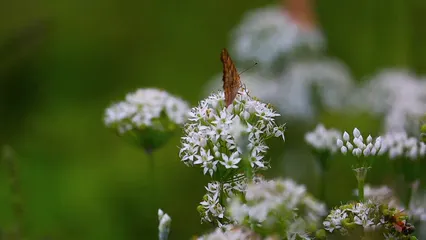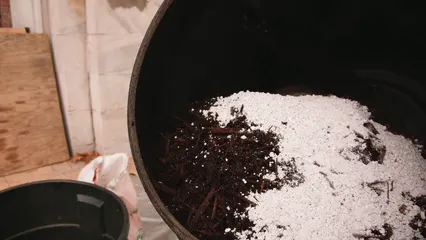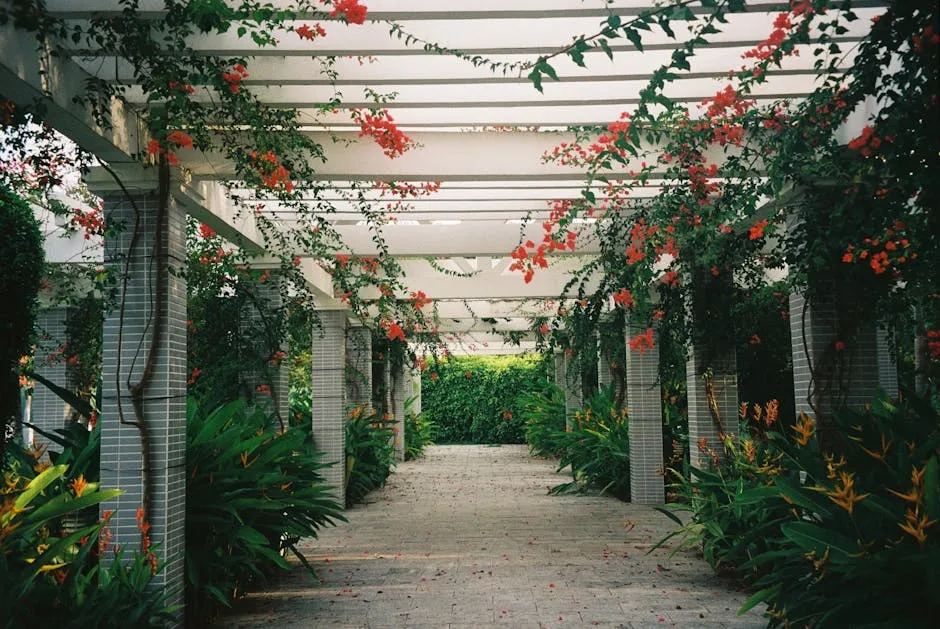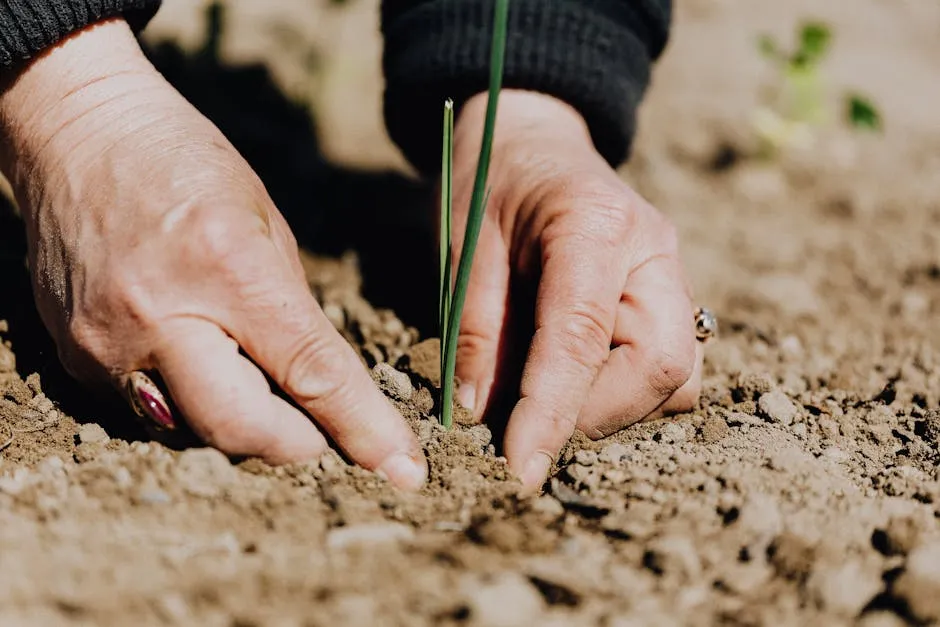

The Ultimate Guide to Garden Arch Trellises: Design, Benefits, and Planting
Introduction
Garden arch trellises add charm and function to any garden. They create stunning visual interest while providing support for climbing plants. These structures elevate your outdoor space, transforming it into a lush oasis. In this guide, we’ll cover design options, installation tips, and the best plants to choose for your arch trellis.
Summary and Overview
This article explores the beauty and practicality of garden arch trellises. We will discuss how these structures can enhance your garden’s aesthetics and optimize your growing space. You’ll learn about various climbing plants that thrive on arches, installation techniques, and maintenance tips to keep your trellis and plants healthy. By the end, you’ll be inspired to integrate a garden arch trellis into your outdoor space.
Benefits of Garden Arch Trellises
Aesthetic Appeal
Garden arch trellises elevate the visual appeal of your outdoor areas. They serve as beautiful focal points, adding height and dimension. You can choose from various designs, including classic wooden arches or sleek metal options, to match your garden theme. For a rustic look, consider a weathered wood trellis adorned with climbing roses. If contemporary style suits you better, opt for a minimalist metal arch with vibrant flowering vines.
The choice of climbing plants can also enhance the beauty of your trellis. Colorful blooms like clematis or wisteria can create a stunning display. Imagine walking under a canopy of fragrant flowers as you enter your garden. It’s a delightful experience that adds magic to your outdoor space.

Enhance your garden’s aesthetic with a Garden Arch Trellis. It’s not just a support structure; it’s a style statement that transforms your garden into a picturesque retreat.
Space Maximization
Arch trellises are fantastic for maximizing garden space. They encourage vertical growth, allowing you to grow more plants in a smaller area. By training climbing plants upwards, you free up ground space for additional gardening activities. This is particularly useful in smaller gardens where every square foot counts.
Statistics show that vertical gardening can increase your yield by up to 50%. This makes trellises not only practical but also efficient for growing vegetables and flowers alike. You can cultivate more plants without sacrificing precious space.

Consider adding a Raised Garden Bed Kit to further optimize your gardening space. It allows you to grow vegetables and flowers more efficiently while keeping the soil in top condition.
Plant Health Benefits
Using a trellis can significantly benefit the health of your climbing plants. By lifting plants off the ground, you improve airflow and sunlight access. This helps reduce the risk of fungal diseases and pests. A well-placed trellis allows leaves and fruits to stay clear of soil, minimizing the chance of rot.
Research indicates that plants grown on trellises produce higher yields. For instance, tomatoes and cucumbers thrive when supported vertically. They benefit from better light exposure and moisture retention, resulting in healthier, more productive plants. To learn more about growing tomatoes successfully, check out this guide on How to grow tomatoes in containers for a balcony garden.

Don’t forget to enhance your plant care with a Organic Fertilizer for Vegetables and Flowers. It enriches the soil and helps your plants reach their full potential.
Environmental Benefits
Garden arch trellises can contribute positively to the environment. They provide habitats for beneficial insects like bees and butterflies. By planting flowering vines, you attract these pollinators, which are crucial for garden health. An arch trellis adorned with diverse plant life can create a mini-ecosystem in your backyard.
Incorporating trellises into your garden design not only enhances beauty but also supports local biodiversity. It’s a win-win for both you and the environment.

Selecting the Right Arch Trellis
Material Considerations
Choosing the right material for your arch trellis is crucial. Each option has its pros and cons. Wood, metal, and composite materials are popular choices.
Wood offers a classic, rustic appeal. It blends beautifully with natural surroundings. However, wood requires regular maintenance to prevent rot and pests. Consider using treated wood for better durability.
Metal is another excellent option. It’s strong and often requires less upkeep than wood. Galvanized or powder-coated metal resists rusting and fading. This makes it a long-lasting choice for any garden.
Composite materials are gaining popularity. They combine the best features of wood and plastic. Composite trellises are durable and low-maintenance. They won’t splinter or rot, making them an attractive choice for busy gardeners.
Each material has unique qualities. Think about your garden’s style and your maintenance preferences. A well-chosen trellis will last for years and enhance your outdoor space.

And while you’re at it, consider investing in Gardening Tool Set with Hand Tools. This way, you’ll be well-equipped for all your gardening needs!
Size and Structure
When choosing an arch trellis, size matters. The height and width determine how well plants can climb and thrive. A taller trellis allows for larger plants to grow upright, while wider designs give climbing plants more room to spread. This is especially important for vigorous climbers like wisteria or honeysuckle.
For small gardens, consider a trellis around 6 feet tall and 3 feet wide. This size works well for many climbing plants. If you have more space, a larger trellis can serve as a stunning focal point. For instance, a 7 to 8-foot arch works beautifully in spacious gardens, allowing for dramatic plant displays and even creating shaded pathways.

Design Compatibility
Choosing a trellis that complements your garden style is key. Consider your garden’s overall theme. A rustic wooden trellis fits perfectly in cottage gardens, while sleek metal designs suit modern landscapes.
Popular designs include classic arched top trellises, which evoke a timeless elegance. For a contemporary flair, opt for geometric shapes that add structure and interest. Whichever style you choose, ensure it harmonizes with your plants. A well-matched trellis enhances the beauty of your garden and showcases your climbing plants beautifully.

Best Climbing Plants for Arch Trellises
Cool Season Climbers
For cooler months, several climbing plants thrive on trellises. Snow peas are a lovely choice. They grow quickly, producing sweet green pods. Their delicate white flowers add charm to any arch. Sweet peas are another excellent option. Their colorful blooms and delightful scent make them a favorite among gardeners. Both of these plants enjoy cooler temperatures and can provide an early-season harvest.
Fava beans also work well. These robust plants can reach impressive heights and yield nutritious beans. Their versatility makes them a great addition to your garden arch. Additionally, sugar snap peas add sweetness and crunch to your meals. All these options not only beautify your trellis but also provide delicious produce.

Consider planting a Climbing Plants Collection (Seeds) to diversify your garden and enjoy a variety of flowers and vegetables!
Warm Season Climbers
When warm weather arrives, it’s time to plant warm-season climbers. Tomatoes are a popular choice, particularly indeterminate varieties. They can grow tall and benefit from the vertical space that arch trellises provide. Be sure to prune regularly for best results.
Cucumbers are another fantastic option. They thrive on trellises, saving ground space. Plant them near the base of the trellis and watch them climb. This not only keeps cucumbers off the ground but also makes harvesting easier.
Both tomatoes and cucumbers require full sun and consistent watering. Aim for deep, infrequent watering to encourage strong root growth. With proper care, these plants will flourish on your arch trellis, delivering bountiful yields throughout the growing season.

To give your plants the best start, don’t miss out on a Seed Starting Trays with Domes. They help create the perfect environment for germinating your seeds!
Installation Tips for Arch Trellises
Pre-Installation Planning
Before setting up your arch trellis, choose the right location. Look for a spot with ample sunlight, as most climbing plants thrive in bright conditions. Ensure the soil is well-draining to prevent waterlogging. Prepare the soil by loosening it and removing any debris. A checklist of materials will help you stay organized. You’ll need the arch trellis itself, a shovel, stakes, and soil amendments like compost. Having everything ready makes the installation process smoother and more efficient.

Step-by-Step Installation Guide
Start by marking the area where your trellis will go. Dig holes for the bases, ensuring they are at least one foot deep for stability. Place the trellis in the holes and fill with soil. Use a level to ensure it stands straight. Stake the trellis for added support, especially in windy areas. Water the base thoroughly to help settle the soil. This setup will ensure your trellis withstands the elements. Secure climbing plants to the trellis as they grow, guiding them gently to promote upward growth. With these steps, your arch trellis will stand strong and beautiful for years to come.
Maintenance Tips for Plants on Arch Trellises
Watering and Fertilization
Proper watering is essential for climbing plants on arch trellises. Most of these plants prefer deep watering once a week. This encourages strong root growth and prevents shallow roots. Pay attention to weather changes; during hot spells, you might need to water more frequently.
Fertilizing is equally important. Use a balanced fertilizer in early spring as plants begin to grow. Organic options like compost or well-rotted manure offer nutrients without chemicals. A slow-release fertilizer can also work wonders, feeding your plants gradually throughout the season.
For flowering plants, consider a fertilizer higher in phosphorus to promote blooms. Always follow the manufacturer’s instructions for application rates to avoid over-fertilization, which can damage your plants.

To simplify your gardening tasks, consider a Compost Bin for Garden Waste. This way, you can recycle kitchen scraps and garden waste into nutrient-rich compost for your plants!
Pruning and Training Plants
Pruning is crucial for maintaining the health of climbing plants. Regularly remove dead or yellowing leaves to encourage new growth. For many plants, like clematis and wisteria, pruning encourages more blooms. Aim to prune after flowering for the best results.
Training your plants to climb effectively is equally important. Use soft ties or twine to gently attach stems to the trellis. This helps direct growth and keeps plants from becoming tangled. For vigorous climbers, consider using a trellis with horizontal rungs. This creates more surfaces for plants to latch onto.
If you notice any wayward growth, guide it back to the trellis. Consistent training will ensure your plants grow upward and create a stunning display.

Pest and Disease Management
Climbing plants can face various pests and diseases. Common culprits include aphids, spider mites, and powdery mildew. Regularly inspect your plants for signs of distress. If pests are spotted, you can wash them off with a strong jet of water.
For organic treatment, consider insecticidal soap or neem oil. These options are gentle on beneficial insects while effectively tackling pests. If you prefer chemical solutions, ensure to follow the instructions carefully to avoid harming your plants.
Preventive measures work wonders too. Ensure proper spacing between plants for good airflow. This helps reduce humidity around the leaves, minimizing the risk of fungal diseases.
By staying vigilant and proactive, you can keep your climbing plants healthy and thriving on your arch trellis.

Conclusion
Integrating a garden arch trellis into your outdoor space offers numerous benefits. These structures not only enhance your garden’s beauty but also optimize plant health and yield. Explore various designs and plant options to find your perfect combination.
We’d love to hear about your experiences with garden arch trellises! Feel free to share your thoughts or ask questions in the comments below.
Please let us know what you think about our content by leaving a comment down below!
Thank you for reading till here 🙂
And while you’re at it, why not grab a Garden Gloves with Fingertips for Digging? They’ll keep your hands clean and protected while you dig into your gardening adventures!
For tips on seasonal maintenance, check out our article on seasonal maintenance tips for selfwatering container gardens in fall 2024.
All images from Pexels



